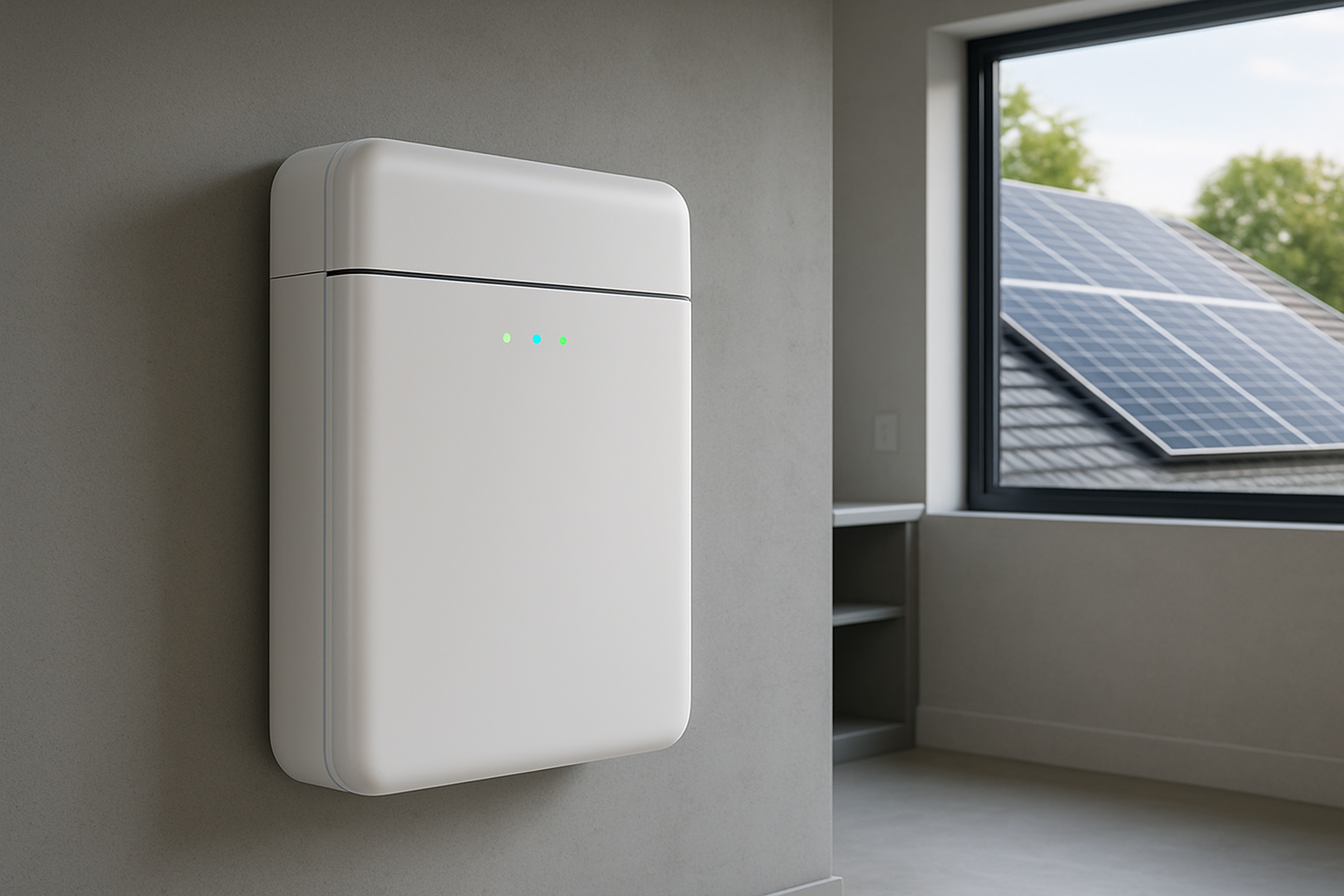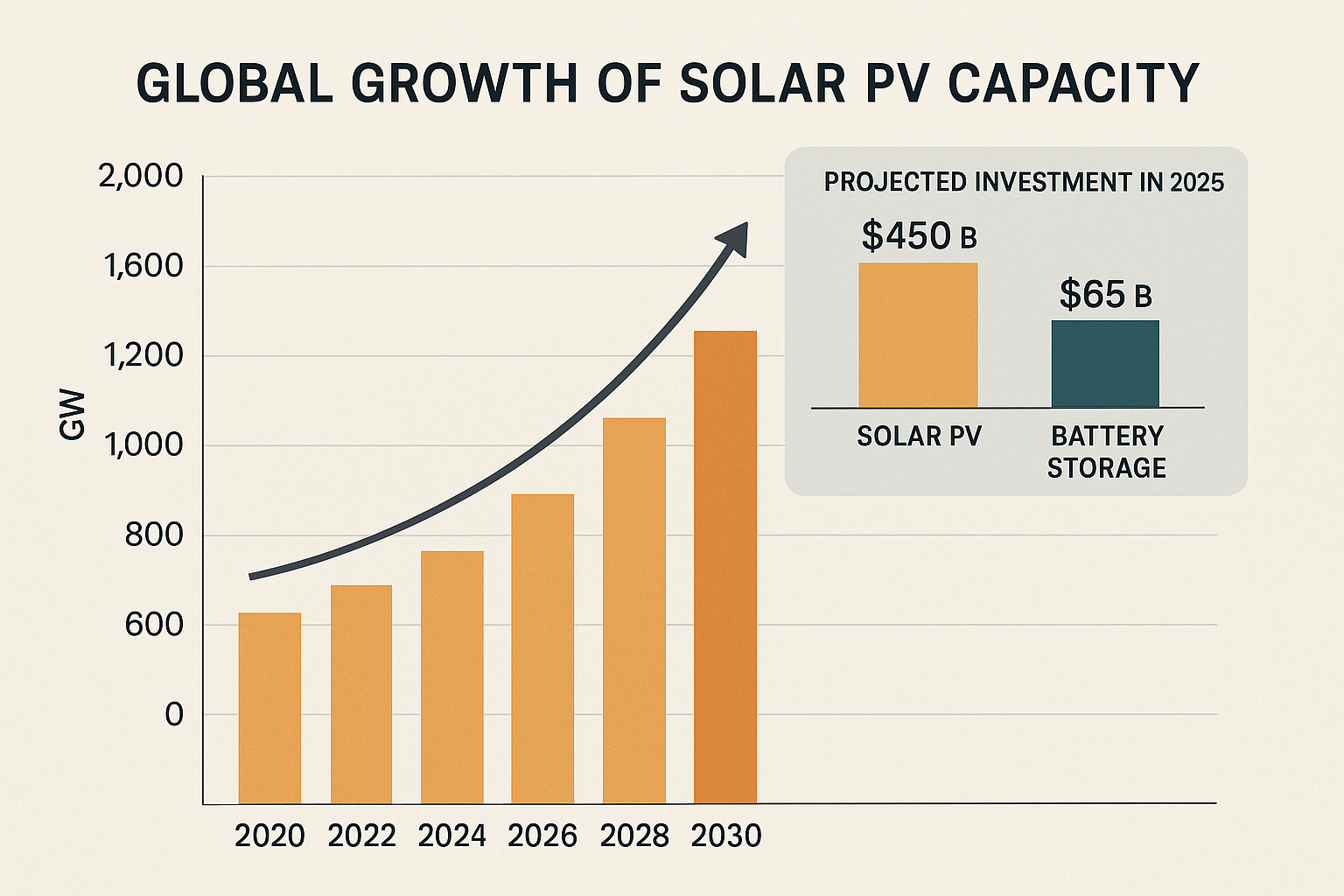Table of Contents
- Basics of Payback and ROI
- Types of Solar Loans and Key Terms
- Residential Clean Energy Credit (Federal ITC) Essentials
- Loans × ITC: How They Work Together
- Three-Step Path: From Calculation to Filing
- Common Questions (with Compliance Notes)
- References and Tools

1. Basics of Payback and ROI
Payback period is the time required for accumulated bill savings and incentives to equal the system’s net cost. ROI (Return on Investment) measures the ratio of benefits relative to cost. Key drivers include system price, local electricity tariffs, consumption patterns, solar resource, net metering/settlement policy, and incentives at federal and state levels.
Tip: Start with NREL’s PVWatts calculator (https://pvwatts.nrel.gov/) to estimate annual generation, then combine with local tariff structures (flat, tiered, or time-of-use) to build conservative, neutral, and optimistic cash flow scenarios.
2. Types of Solar Loans and Key Terms
Common products:
- Secured Loans (home equity, second mortgage): Lower rates and longer terms but require collateral. Check for prepayment penalties and fees.
- Unsecured Loans: Based on creditworthiness; typically faster to obtain. Rates are higher and no property lien.
- PACE (Property Assessed Clean Energy): Available in select jurisdictions; repaid via property tax assessment. Verify availability and local consumer protections.
Compliance Watchpoints: Review the APR (annual percentage rate), dealer fees/buy-down, prepayment penalties, lien status, and whether repayment terms assume you will apply ITC proceeds within 12–18 months. For PACE loans, confirm transfer implications if selling the home.
3. Residential Clean Energy Credit (Federal ITC) Essentials (U.S.)
Credit Rate: Qualified residential clean energy expenditures receive a 30% credit for systems placed in service from 2022 through 2032, 26% in 2033, and 22% in 2034. (IRS official.)
Coverage: Solar PV, solar water heating, geothermal heat pumps, small wind, fuel cells, and—since 2023—battery storage that meets IRS definitions.
Ownership and Property: The taxpayer must own the system installed at a U.S. residence (primary or secondary). Rental properties do not qualify under residential ITC (may qualify for commercial ITC).
When to Claim: The system must be placed in service in the tax year claimed. Typically filed using Form 5695 and carried into Form 1040.
Example: ITC impact on net cost
| System Price | ITC (30%) | Net After Credit |
|---|---|---|
| $20,000 | $6,000 | $14,000 |
| $25,000 | $7,500 | $17,500 |
| $30,000 | $9,000 | $21,000 |
Note: Illustrative only, not tax advice. Eligibility depends on your tax liability. Consult a licensed tax professional.
4. Loans × ITC: How They Work Together
A common strategy is to finance installation with a loan and use the ITC credit received at tax filing to pay down principal. If the contract assumes ITC proceeds, confirm how monthly payments change if the credit is smaller than expected.
Simplified cash flow example ($25,000 system):
- Install with full loan coverage; electricity savings begin.
- At tax filing, claim 30% ITC ($7,500 via Form 5695), reducing tax owed. Unused credit may roll forward per IRS rules.
- Apply credit to loan repayment, lowering principal and future interest costs; payback period shortens.
5. Three-Step Path: From Calculation to Filing
- Generation & Savings Estimate: Use PVWatts and local rates/net metering rules to model baseline scenarios.
- Loan Comparison & Compliance Review: Compare APR, fees, prepayment rules, ITC assumptions, and lien details.
- Tax Filing: Keep invoices, equipment specs, and interconnection/placed-in-service documents. File with Form 5695 in the tax year the system is placed in service.
6. Common Questions (with Compliance Notes)
Q: Do standalone batteries qualify for the 30% ITC?
A: Yes. Starting in 2023, qualifying standalone battery storage systems are eligible (see IRS Form 5695 and Energy Star guidance).
Q: Does roof replacement qualify under ITC?
A: Generally no, unless directly tied to solar installation and necessary. Keep detailed invoices and seek a certified tax preparer’s advice.
Q: I am not a U.S. taxpayer—does this apply?
A: The ITC is U.S.-specific. Outside the U.S., check national or regional incentive programs.
Disclaimer: Educational information only; not tax, legal, or financial advice. Consult licensed professionals. Policies may change; always verify on official pages.
7. References and Tools
- IRS: Residential Clean Energy Credit — https://www.irs.gov/credits-deductions/residential-clean-energy-credit
- IRS: Instructions for Form 5695 — https://www.irs.gov/instructions/i5695
- U.S. DOE/Energy.gov: Homeowner’s Guide to the Federal Tax Credit for Solar PV (PDF)
- Energy Star: Battery Storage Technology Tax Credit — https://www.energystar.gov/about/federal-tax-credits/battery-storage-technology
- DSIRE: Database of State Incentives for Renewables & Efficiency — https://www.dsireusa.org/
- NREL: PVWatts Calculator — https://pvwatts.nrel.gov/





Leave a comment
All comments are moderated before being published.
This site is protected by hCaptcha and the hCaptcha Privacy Policy and Terms of Service apply.